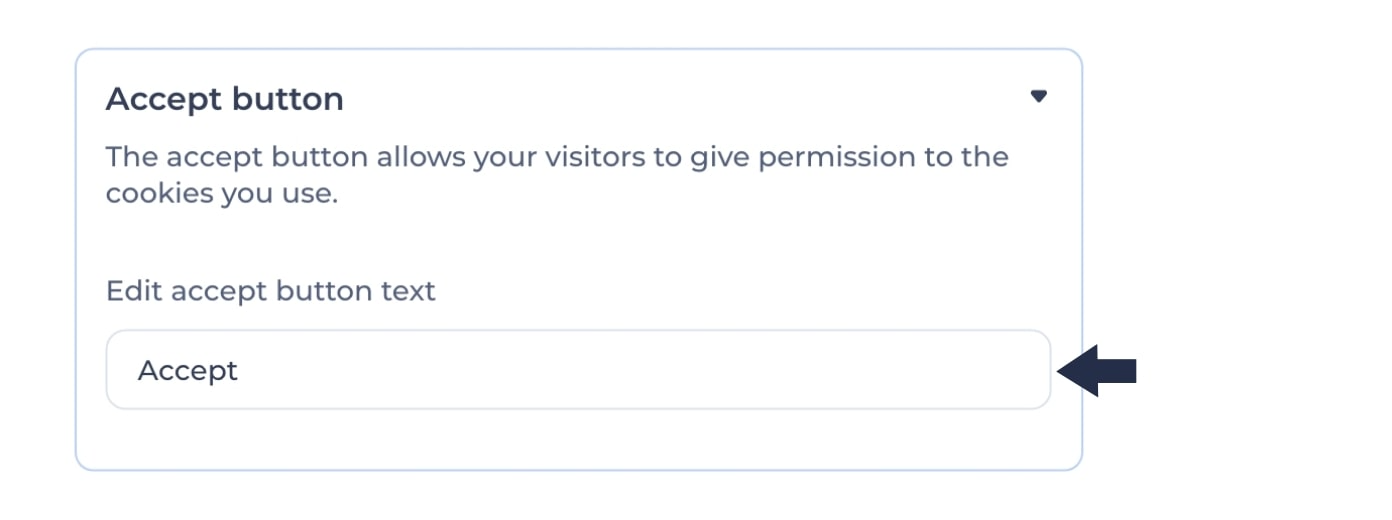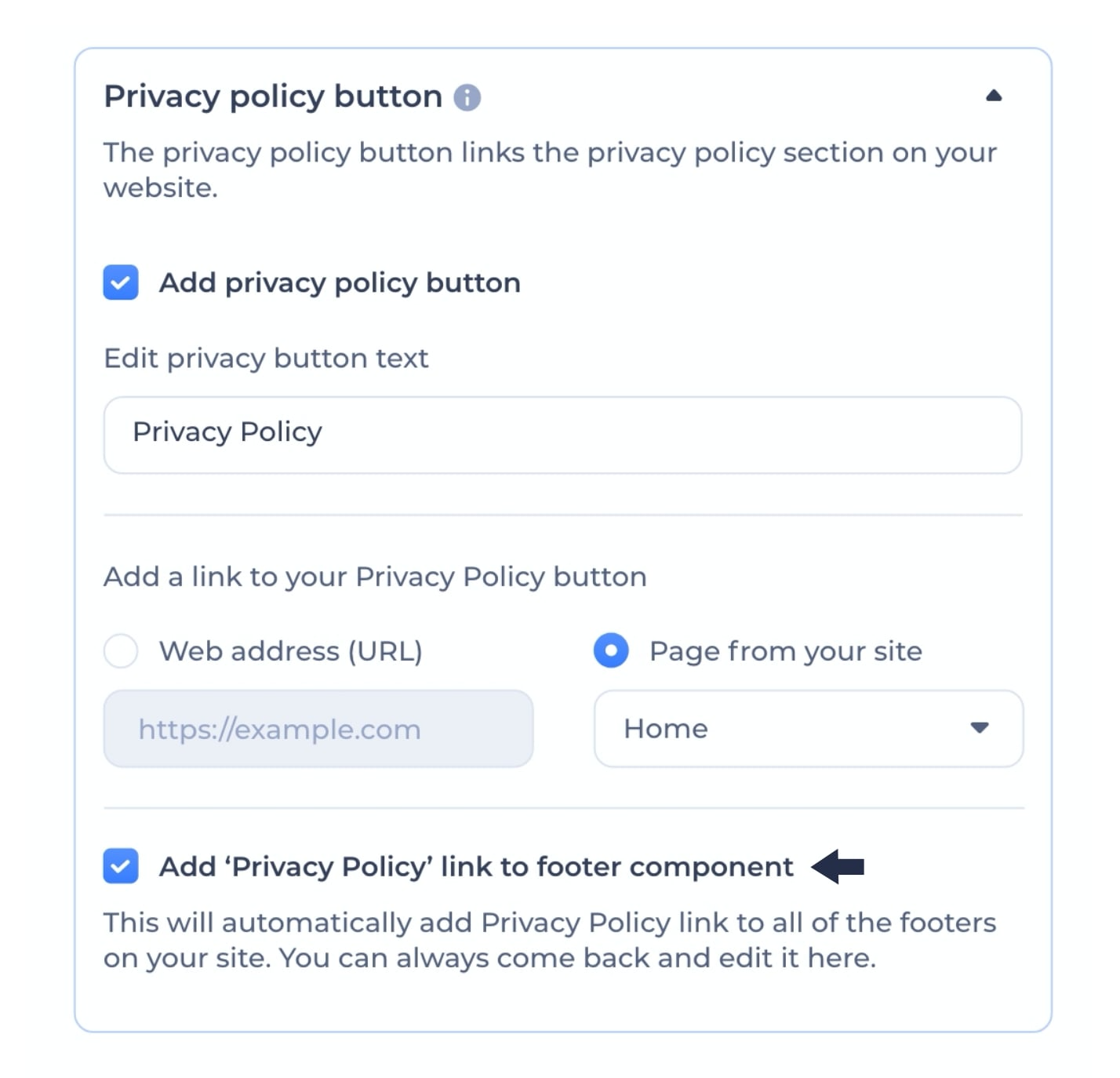TABLE OF CONTENTS
The General Data Protection Regulation (GDPR) is a set of regulations introduced by the European Union (EU) in May 2018 to protect the privacy and personal data of EU citizens. It applies to any company or organization that processes the personal data of EU citizens, regardless of where the company or organization is located. This means that if your website collects or processes any personal data from EU citizens, it must be GDPR compliant. Failing to comply with GDPR can result in significant fines and penalties, as well as damage to your company's reputation. It's important to note that GDPR not only apply to EU based companies but also to any company that processes data of EU citizen. Therefore, it is crucial for all website owners to understand and implement the necessary measures to ensure their website is GDPR compliant.
Enable the GDPR compliance
Go to the Cookies tab from Website settings, select the GDPR cookie banner and click the toggle to enable.

Customize the cookie banner text
Include brief information on why your website stores cookies. Let your visitors know what they’re agreeing to or accepting by taking some action.

Edit the accept button
Click on the accept button field to edit the permission text if needed. Note, this button is required and cannot be deleted.

Click on the privacy policy field and tick the checkbox to add a privacy policy button to the banner. Edit the button text if needed, and add a link to it. You can link an external URL or the privacy policy page of your website. You can also add a privacy policy link to your website footers by ticking the “Add ‘Privacy Policy’ link to footer components” checkbox. Note, to use this option, your website should have at least one footer component.

Learn how to create a privacy policy page
Add a settings button
Click on the cookie settings field and tick the checkbox to add a settings button to the banner. Edit the button text if needed. When your visitors click on the Settings button, a pop-up will appear to manage the cookie preferences. To customize this pop-up, click on the “Customize pop” button.

Add a decline button
Click on the decline button field and tick the checkbox to add a decline button to the banner. Edit the button text if needed and save your changes.

How to customize the settings popup?
The cookie settings pop-up appears when your visitors click on the settings button on the banner. With the help of this pop-up your visitors manage their cookie preferences. To customize the pop-up please follow the steps below:
Edit the pop-up title, description and button
Edit the title filed to name the pop-up. Try to make it short and clear. In the description field give a brief information about why is the pop-up for. Meanwhile edit the confirm button text if needed.

Edit the cookie categories
Click on the privacy policy field and tick the checkbox to add a privacy policy button to the banner. Edit the button text if needed, and add a link to it. You can link an external URL or the privacy policy page of your website. You can also add a privacy policy link to your website footers by ticking the “Add ‘Privacy Policy’ link to footer components” checkbox. Note, to use this option, your website should have at least one footer component.

How it will look to your visitors?
When you’re all set, this is how the Cookie settings pop-up and the GDPR cookie banner will look to your site visitors.

Was this article helpful?
That’s Great!
Thank you for your feedback
Sorry! We couldn't be helpful
Thank you for your feedback
Feedback sent
We appreciate your effort and will try to fix the article